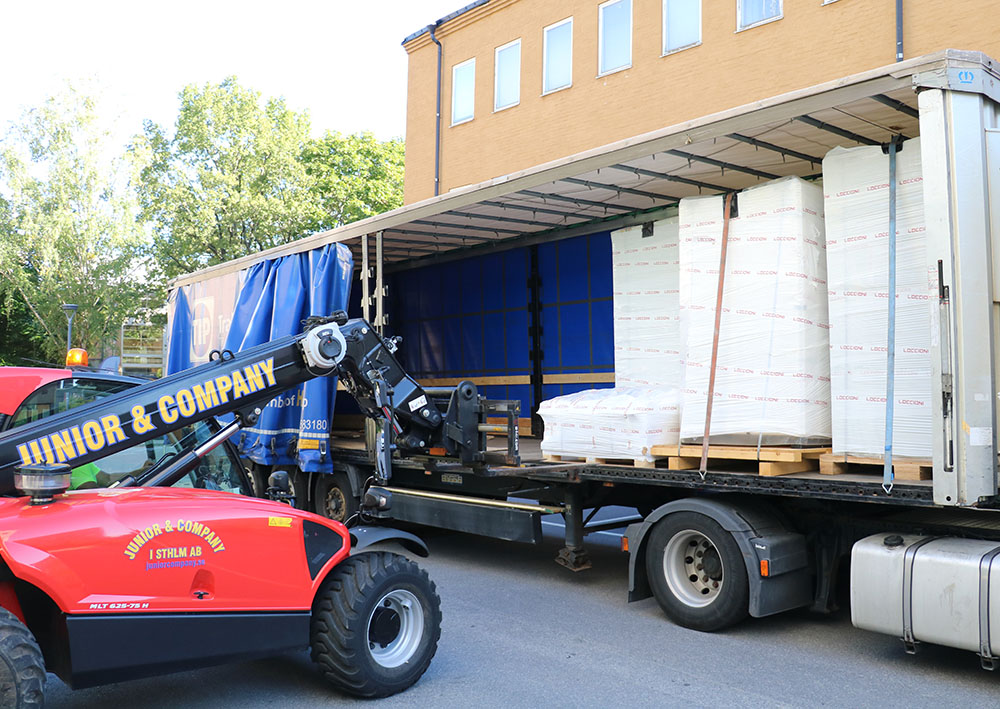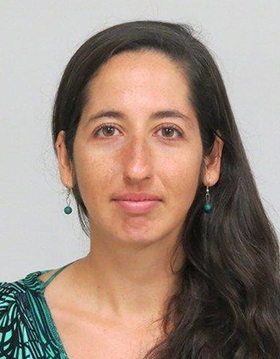Six tons of batteries in experimental student residence

A large group of batteries has been installed for a research project in KTH Live-In Lab, an experimental student residence where KTH, Northvolt and Einar Mattsson conduct research together. They’re testing the storage of excess electricity from solar cells, among other things.
Our electricity consumption varies both over the seasons and from hour to hour. That’s one of the problems that researchers are working on with the installation of the batteries at Live-In Lab, which is located in the center of the KTH Stockholm Campus.

Society’s electricity consumption is likely to increase—raising the potential for increased carbon emissions. At the same time, predictable electricity generation is needed, which is not always possible with solar and wind power. This is where energy storage comes in. It can help balance the load on the power grid.
The student accommodation and research infrastructure KTH Live-In Lab has just installed batteries equivalent to 186 kWh; and soon 180 kWh will be added. The initiative offers interesting research possibilities.
"We will do research on the optimal balance between solar cells, electricity use, battery storage and electricity prices. In addition, we will demonstrate this, which is why we have batteries in place", says Monika Topel Capriles, researcher at the Unit of Heat and Power Technology at KTH.
She adds that she and the other researchers will examine business models from a variety of industries, including the energy sector. One example is participation in flexibility markets such as SthlmFlex.
According to Jonas Anund Vogel, director of KTH Live-In Lab, the battery installation is the largest of its kind in an apartment building in Sweden.
"An expansion of our test infrastructure with batteries opens up a large number of new research opportunities, from algorithms and business models to behaviour models and fire as well as risk issues", Anund Vogel says. "What is extra interesting with this battery, and the placement in an apartment building, is the connection between technology and people. You can investigate different ways of using technology to enable a more sustainable behaviour."
Text: Peter Ardell
